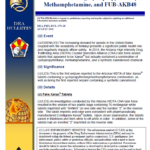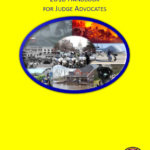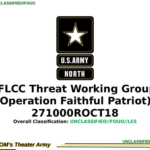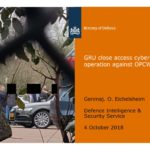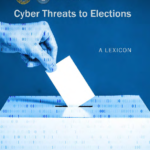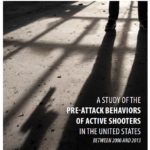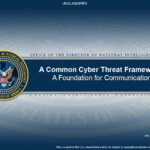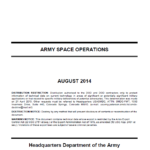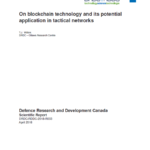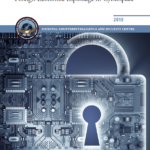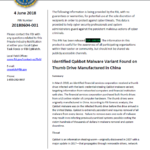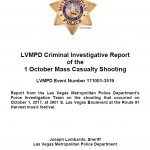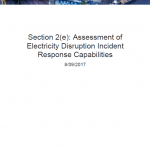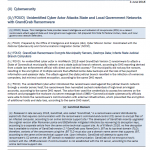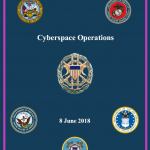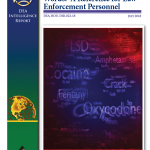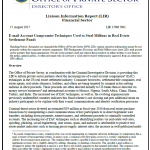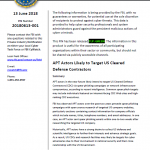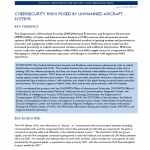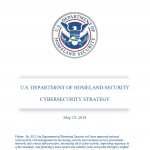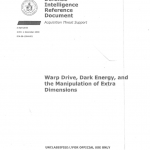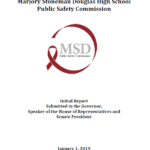
On February 14, 2018, fourteen students and three staff members at the Marjory Stoneman Douglas High School in Parkland Florida were fatally shot and seventeen others were wounded, in one of the deadliest school massacres in United States’ history. The gunman Nikolas Cruz, age 19 at the time of the incident, was a former student of Marjory Stoneman Douglas High School. Cruz was a troubled child and young adult who displayed aggressive and violent tendencies as early as 3-years-old. Cruz struggled in academics and attended several schools. There are reports of behavioral issues at all of the schools he attended. He was under the care of mental health professionals from age 11 until he turned age 18 and refused further services. At 2:19 p.m. on February 14, 2018, Cruz exited an Uber ride sharing service at Marjory Stoneman Douglas High School armed with a rifle and several hundred rounds of ammunition concealed in a rifle bag. He entered the school through an unstaffed gate that had been opened for school dismissal and made his way towards building 12 on the North side of campus. He entered the east side of building 12 through an unlocked and unstaffed door. He made his way through all three floors firing into classrooms and hallways and killing or wounding 34 individuals. He exited building 12 and ran across campus, blending in with students evacuating. Cruz was apprehended approximately 1 hour and 16 minutes after the first shots and charged with 17 counts of premeditated murder and 17 counts of attempted murder.

